The Aqua Line’s route spans 33.5 km, linking key locations across Mumbai. The project aims to provide a swift and reliable alternative to the city’s overburdened road network.
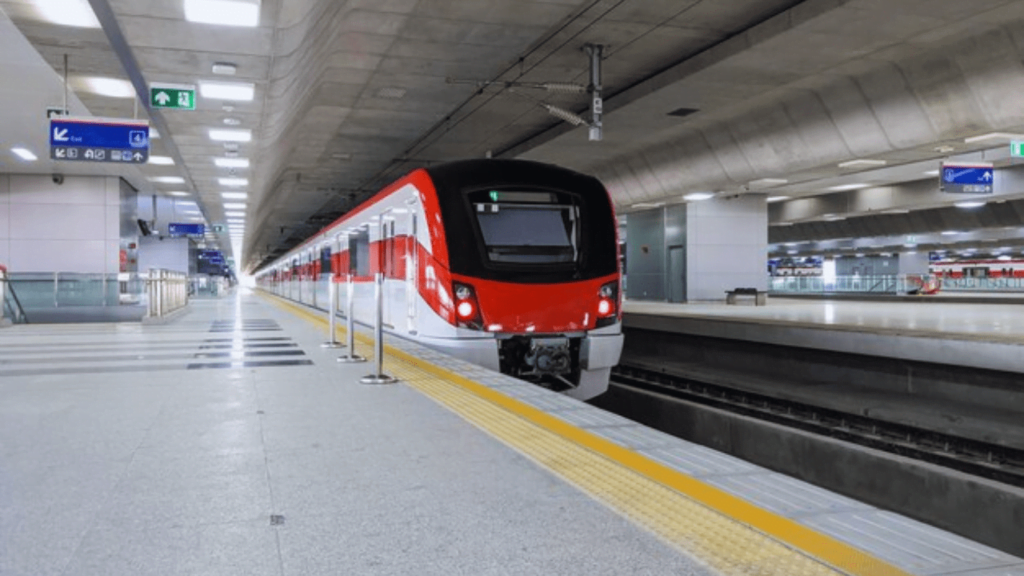
Mumbai is all set to witness a significant transformation in its public transportation system with the launch of its first underground metro line, the ‘Aqua Line.’ Slated to commence operations on July 24, this 33.5 km metro line promises to enhance commuting efficiency and reduce traffic congestion in one of the world’s busiest cities. The Aqua Line, also known as Line 3, will connect Colaba to SEEPZ, passing through vital city areas and significantly cutting travel time.
Overview of the Aqua Line Project
The Aqua Line project, overseen by the Mumbai Metro Rail Corporation (MMRC), is a monumental step in modernizing Mumbai’s urban transit. With a budget exceeding Rs 37,000 crore, this ambitious initiative is designed to ease the daily commute for millions of residents. The line stretches from Colaba in the southern part of the city to SEEPZ in the north, covering a total of 27 stations, 26 of which are underground.
The project aims to provide a swift and reliable alternative to the city’s overburdened road network. The Japan International Cooperation Agency (JICA) has played a crucial role in financing this project, emphasizing the international collaboration that underscores its significance.
Route and Stations
The Aqua Line’s route spans 33.5 km, linking key locations across Mumbai. Starting from Aarey Colony and culminating at Cuffe Parade, the line promises to be a game-changer for commuters. Here are the stations covered by the Aqua Line:
- Cuffe Parade
- Vidhan Bhavan
- Churchgate
- Hutatma Chowk
- CST Metro
- Kalbadevi
- Girgaon
- Grant Road
- Mumbai Central Metro
- Mahalaxmi
- Science Museum
- Acharya Atre Chowk
- Worli
- Siddhivinayak
- Dadar
- Sitaladevi
- Dharavi
- BKC (Bandra-Kurla Complex)
- Vidyanagari
- Santacruz
- Domestic Airport
- Sahar Road
- International Airport
- Marol Naka
- MIDC
- SEEPZ
- Aarey Depot
This extensive list of stations ensures that the Aqua Line will provide comprehensive coverage, significantly enhancing connectivity for residents and visitors alike.
Timings and Frequency
The Aqua Line will operate from 6:30 AM to 11:00 PM, ensuring that commuters have ample time to utilize the service throughout the day. Trains will run every few minutes, maintaining a high frequency to accommodate the anticipated passenger volume.
The metro trains are designed to reach speeds of up to 90 km/h, drastically reducing travel times. For instance, a journey that typically takes more than two hours by road can be completed in just 50 minutes on the Aqua Line.
Impact on Commuting and Traffic
The introduction of the Aqua Line is expected to revolutionize commuting in Mumbai. By providing a fast, reliable, and efficient mode of transportation, the metro line will alleviate the daily stress faced by millions of commuters. This development is particularly significant for South Mumbai, which has historically struggled with traffic congestion and limited public transport options.
Safety and Maintenance
To ensure the safety and comfort of passengers, the Delhi Metro Rail Corporation (DMRC) has been entrusted with the operation and maintenance of the Aqua Line. The DMRC will oversee the operation control center, depot control center, stations, and the running of trains.
Additionally, they will handle the maintenance of all metro infrastructure, guaranteeing a smooth and secure transit experience. The contract with the DMRC is set for ten years, reflecting a long-term commitment to maintaining high standards.
Future Prospects
While the first phase of the Aqua Line is launching on July 24, the entire project, including the second tunnel phase, is expected to be completed within the next eight months. This phased approach ensures that improvements will continue, gradually enhancing the overall transit experience for Mumbai’s residents.
Government and Public Reception
BJP national general secretary Vinod Tawde has emphasized the positive impact of the Aqua Line, stating that it fulfills a promise made by Prime Minister Narendra Modi to improve the lives of Mumbaikars. The announcement has been well-received, with many residents looking forward to the significant benefits that the new metro line will bring.
The Aqua Line’s introduction is seen as a pivotal moment in Mumbai’s development, promising to transform the city’s public transportation landscape. The government of India, in its social media posts, has highlighted the project’s potential to ease travel across Mumbai’s streets and reduce traffic congestion, making daily commutes more manageable and less time-consuming.
In Short!
The launch of Mumbai’s first underground metro line, the Aqua Line, marks a new era in the city’s transportation history. By connecting key areas through a modern, efficient, and reliable metro system, the Aqua Line is set to transform commuting for millions of residents. The project’s completion will not only enhance connectivity but also contribute to a significant reduction in traffic congestion, improving the overall quality of life in Mumbai.
As the city prepares to welcome this new mode of transit, the anticipation and excitement among its residents continue to build.
Read Next:
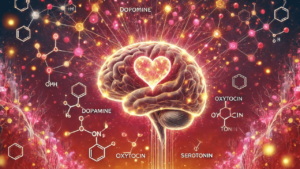
The Psychology of Love: Why Valentines Day Matters More Epic Than You Think
Discover the psychology of love and why Valentines Day is more important than you think. Learn how love impacts the brain, strengthens relationships, and boosts

Premier League Highlights: Arsenal Humiliate Man City 5-1, Spurs and Palace Secure Crucial Wins
Arsenal demolished Manchester City 5-1 in a statement premier league highlights win, reigniting their title hopes. Meanwhile, Crystal Palace stunned Man United 2-0, and Tottenham
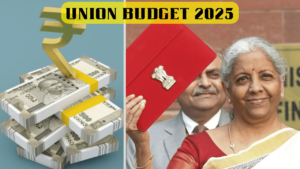
How Budget 2025 Impacts the Indian Middle-Class: Major Tax Benefits and Glaring Omissions
Budget 2025 offers major tax relief to the middle class, including zero tax on incomes up to ₹12 lakh. However, it misses out on incentives

Degrees vs Employability: Why “Highly Qualified Degree Holders” Struggle to Find Jobs While “Less Qualified Individuals” Get Hired Faster!
Many highly qualified individuals struggle to secure jobs, while less qualified candidates get hired quickly. This Degrees vs Employability paradox is caused by employer preferences,

The Power of Mindset: Why Looking Poor Doesn’t Make You Poor, but Thinking Poor Does!
Discover why looking poor doesn’t define your wealth but thinking poor does. Learn the power of mindset and how a growth-oriented mindset can lead to

Overthinking: How It’s Damaging Today’s Youth – Causes and Cure in 2025
Understanding how overthinking is silently damaging today’s youth, from its causes rooted in societal pressure and social media to its long-term effects on mental health.
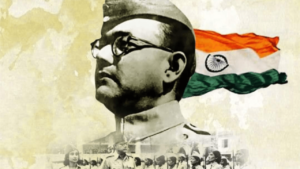
Netaji Subhash Chandra Bose: An Epitome of Epic Leadership
Discovering the incredible life of Netaji Subhash Chandra Bose, a leader whose vision, courage, and determination redefined India’s freedom struggle. Explore his leadership qualities, ideology,
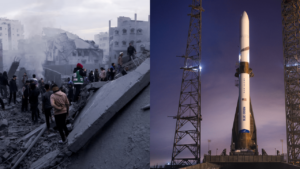
Global News Headlines Today: From Gaza Ceasefire to Blue Origin’s Massive 2025 Milestone
Explore today’s top global news headlines, from the Gaza ceasefire and Blue Origin’s historic spaceflight to Apple losing its top spot in China’s smartphone market.
